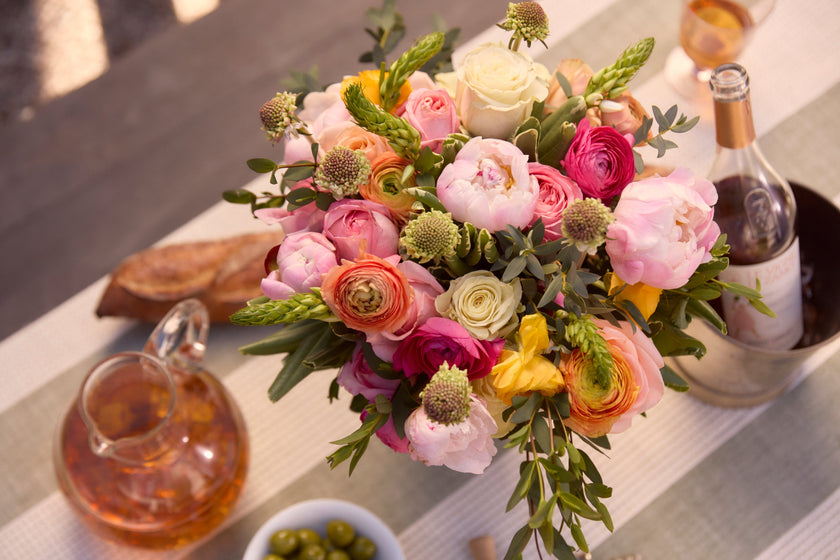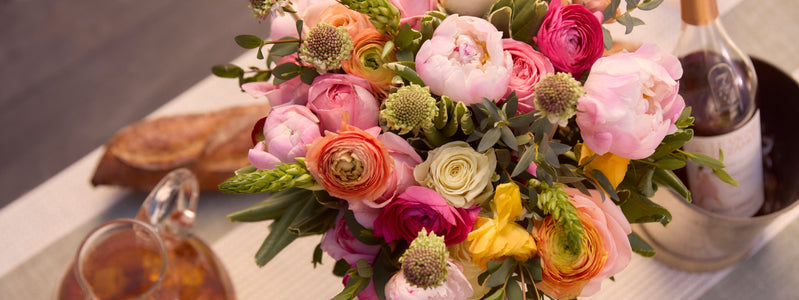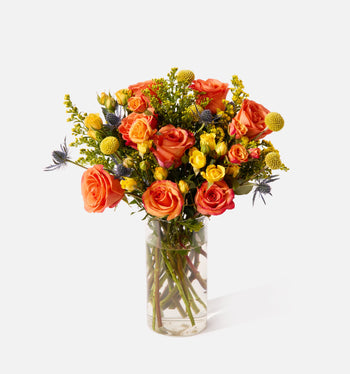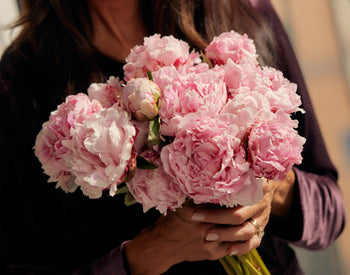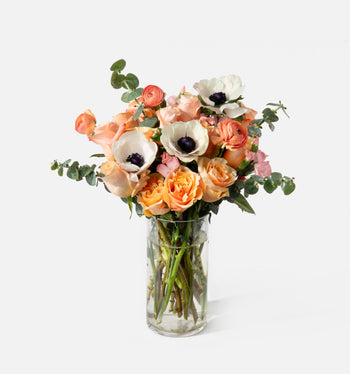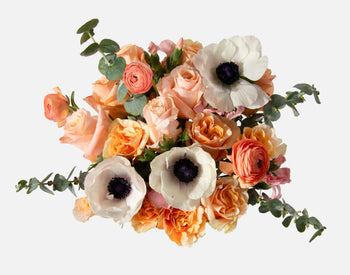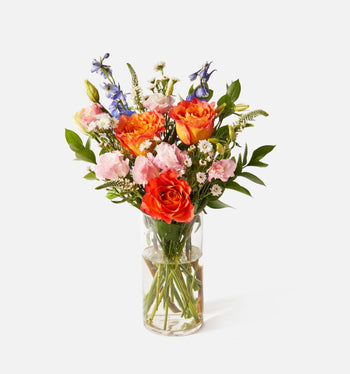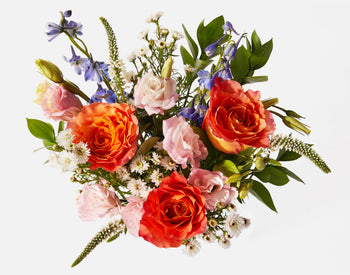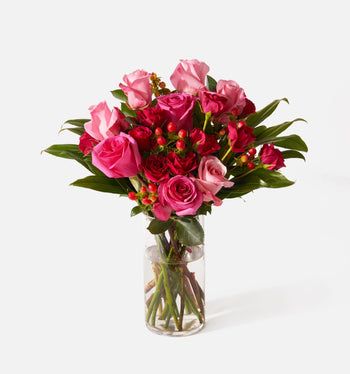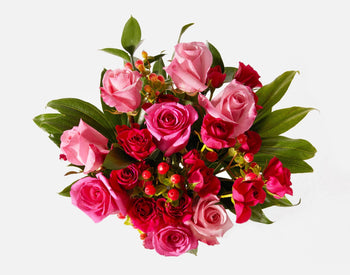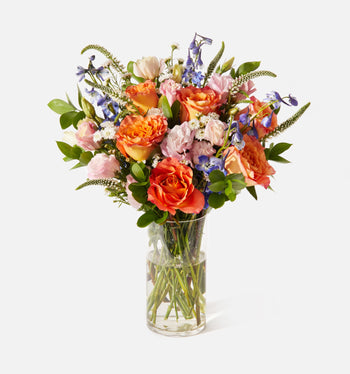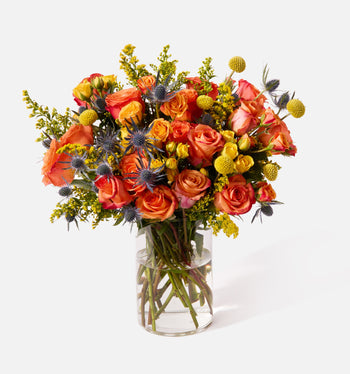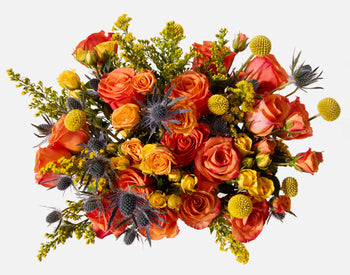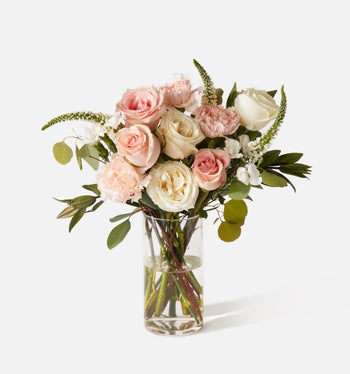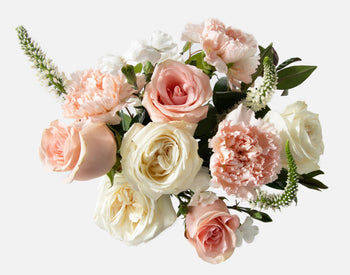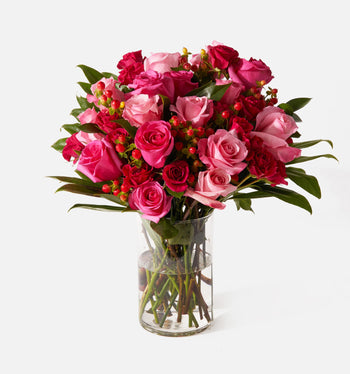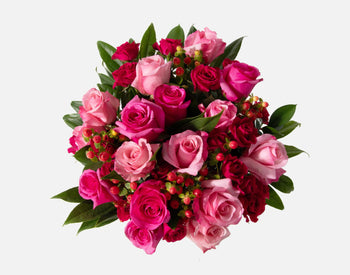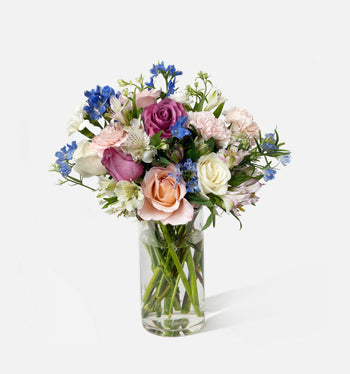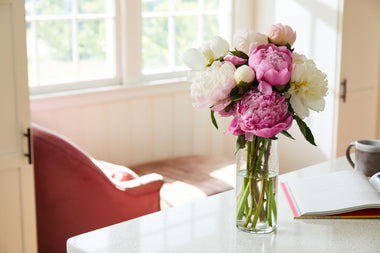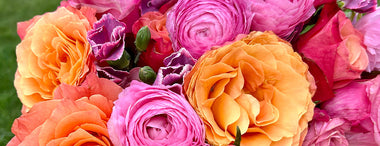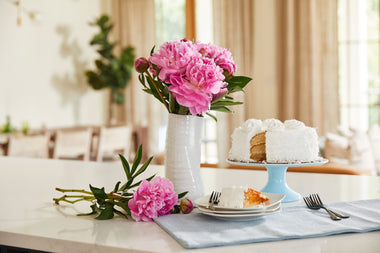You may have seen the beautiful buttercup annuals in our latest bouquets and we know you’ve seen the gorgeous pillowy perennials plastered across our homepage, but do you know the difference between a ranunculus and a peony stem? While subtle, the key differences between ranunculus and peony flowers are their blooming seasons, specific care needs, and of course, their appearance. Ranunculus flowers bloom in cooler spring months, require well-drained soil, and are known for their tightly layered petals and incredibly vibrant colors like jewel tones, bright whites, and shades of pink. Peonies, on the other hand, bloom a little later in the spring to early summer (affectionately known as “Peony Season”), thrive with more consistent moisture, and are celebrated for their large, fragrant blooms and softer color palette like white, pink, yellow, purple, and more. While these distinctions are not immediately obvious to the untrained eye, understanding them will help you choose the perfect flower for your bouquet or garden.
What Are Ranunculus?

Ranunculus flowers, often called Persian buttercups, are annuals and perennials that bloom during the cooler months of late winter to early spring. Known for their various vibrant colors and delicately layered petals, these flowers are symbols of charm and attractiveness. They require well-drained soil, moderate watering (don't overwater!), and full sun to live to their fullest potential and beauty. With the proper care, ranunculus flowers can thrive up to 7 days in a vase (as long as you keep the water fresh), making them a favorite for cut flower arrangements.
What Are Peonies?

Peonies are recognized and loved for their lush, fragrant blooms that appear delicate but are actually quite hardy. Blooming during "Peony Season" they start appearing during late spring until early summer. These perennials symbolize prosperity, romance, and good fortune — making them a popular choice for weddings. They do best in slightly acidic, well-drained soil and prefer consistent moisture (but still, avoid watering too much). Peonies can live for decades in a garden and remain a gorgeous choice for gardens and fresh cut arrangements. In a vase, they can last from 5 to 10 days, depending on care and sunlight.
Key Similarities Between Ranunculus and Peony Flowers

While ranunculus and peonies have several distinct characteristics, they also share several similarities that make them equally appealing.
- Both are spring bloomers – Ranunculus and peonies bloom during the spring, adding vibrant color to gardens and bouquets alike.
- Require well-drained soil – Both flowers thrive in well-drained soil conditions, ensuring healthy growth and vibrant blooms.
- Popular for cut arrangements – Their long-lasting vase life and beauty make them top choices for floral arrangements.
- Variety of colors – Ranunculus and peonies are available in a wide range of colors, from soft pastels to bold, bright hues.
- Symbolic meanings – Both flowers carry meanings of romance, charm, and prosperity, making them favorites for weddings and special occasions.
Key Differences Between Ranunculus and Peony Flowers

Despite the many similarities between ranunculus and peony blooms, these flowers also differ in several key aspects.
- Bloom size – Ranunculus flowers are smaller and more compact compared to the large, lush blooms of peonies.
- Fragrance – Peonies are highly fragrant, while ranunculus flowers have little to no scent.
- Care needs – Ranunculus prefers dry soil between waterings, while peonies thrive with consistent moisture.
- Blooming seasons – Ranunculus blooms earlier in spring, whereas peonies bloom from late spring to early summer.
- Cost – Peonies are generally more expensive due to their shorter growing season and high demand.
Ranunculus vs Peony: Which Is Best?
Choosing between ranunculus and peonies really depends on your needs and what look you prefer. Are you looking for vibrant, more compact flowers that bloom early in the season? Then ranunculus may be your best option. Or are you hoping for larger, fragrant blooms with timeless appeal? Then peonies are your ideal option. Either way, explore our curated ranunculus bouquets and our handcrafted peony collection to find your perfect arrangement.
FAQs
Which flower is most similar to a peony?
Ranunculus is one of the flowers that is most similar to peonies because of their layered petals and romantic appeal. However, ranunculus blooms are smaller and less fragrant.
Are ranunculus or peony bouquets more expensive?
Peony bouquets are typically more expensive because of their short blooming season (and high demand) while ranunculus are more affordable while being equally as stunning.
What is the common name for ranunculus?
Ranunculus are commonly seen as Persian buttercups, which is a subtle nod to their delicate, layered petals and vibrant appearance.
